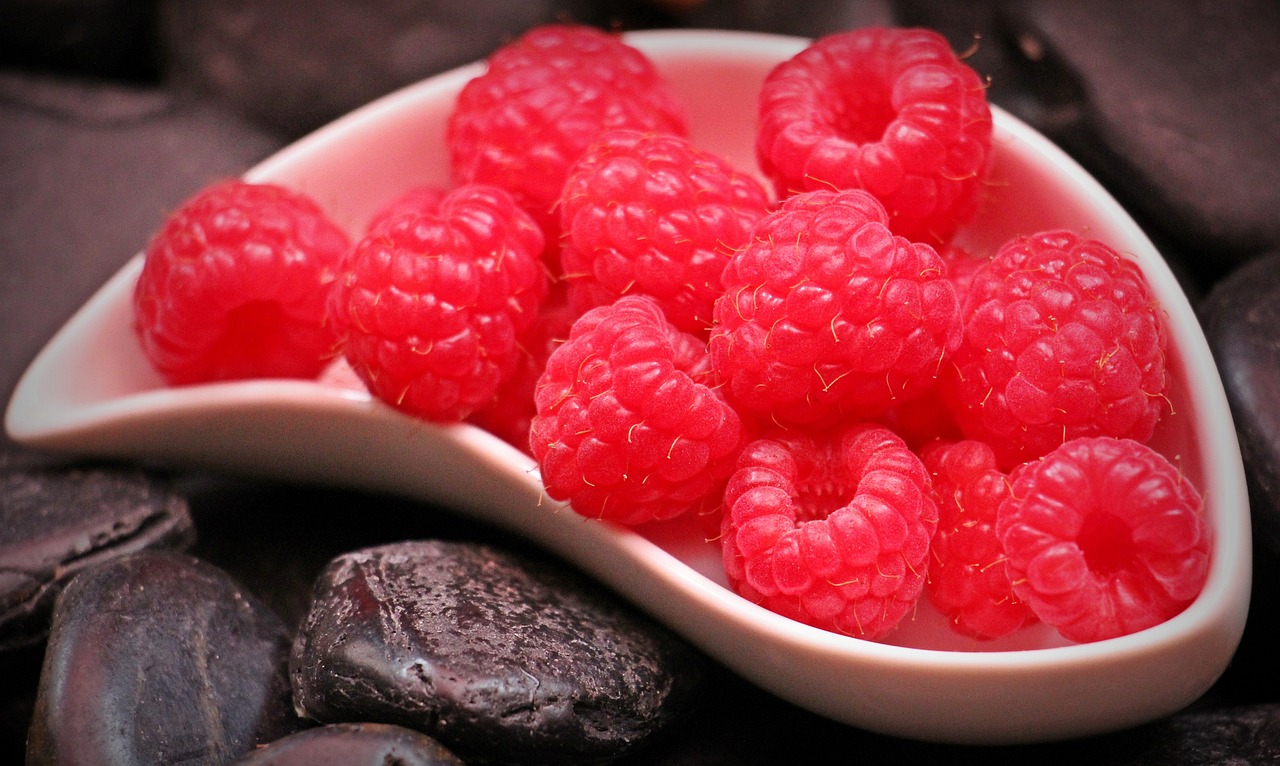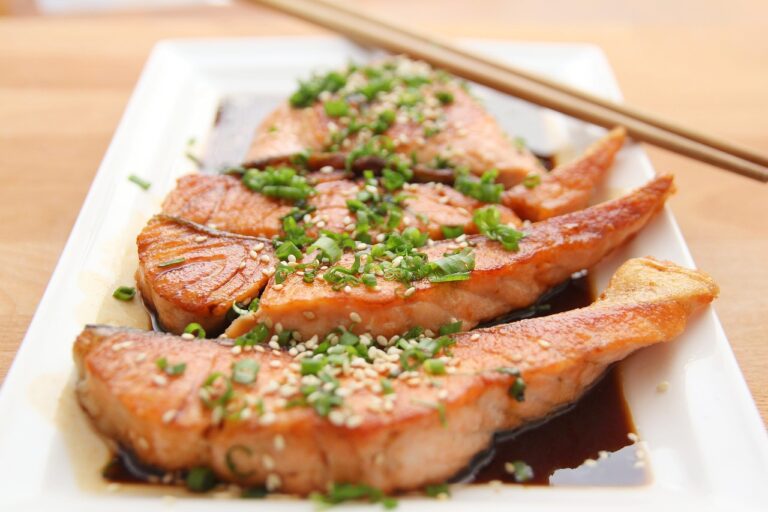Exploring the World of Tea: From Black to Oolong
Tea, originating in ancient China, has a history that dates back over 5,000 years. Legend has it that Emperor Shen Nong discovered tea when some leaves blew into a pot of boiling water. Intrigued by the aroma and taste, he began to explore the various uses and benefits of this new beverage. Over time, tea became a staple in Chinese culture and was even used for medicinal purposes.
As the practice of tea drinking spread to other parts of Asia, such as Japan and India, different traditions and customs around tea emerged. From the intricate tea ceremonies in Japan to the spiced chai of India, tea became more than just a drink—it became a symbol of hospitality, friendship, and cultural identity. With the expansion of trade routes, tea eventually made its way to Europe in the 17th century, where it quickly gained popularity among the aristocracy and eventually became a common household beverage worldwide.
• Tea has a history that dates back over 5,000 years
• Legend says Emperor Shen Nong discovered tea when leaves blew into boiling water
• Tea became a staple in Chinese culture and was used for medicinal purposes
• Different traditions and customs around tea emerged in Japan and India
• Tea became a symbol of hospitality, friendship, and cultural identity
• With the expansion of trade routes, tea made its way to Europe in the 17th century
Different Types of Tea Leaves
Tea comes in a variety of types, each offering a unique flavor profile and aroma. Green tea is known for its fresh and grassy taste, often celebrated for its abundant health benefits. White tea, on the other hand, is delicate and subtly sweet, made from young tea leaves and buds.
Black tea is the most commonly consumed type worldwide, recognized for its bold flavor and dark infusion. Oolong tea falls between green and black tea in terms of oxidation, offering a wide range of flavors from floral to toasty, depending on the processing technique used. Lastly, herbal teas are not technically true teas, as they are made from a mixture of herbs, flowers, fruits, and spices, providing a caffeine-free alternative with a plethora of flavors to choose from.
Processing Methods for Tea
Tea undergoes various processing methods after being harvested, determining its flavor and aroma. One common technique is oxidation, where the tea leaves are exposed to air to initiate a chemical reaction that alters their flavors. The level of oxidation contributes to the type of tea produced, with black tea undergoing full oxidation, green tea experiencing minimal oxidation, and oolong tea falling in between.
Fermentation is another important step in tea processing, often confusingly interchanged with oxidation. Unlike oxidation, fermentation involves microbial activity on the tea leaves, transforming their chemical composition. This method is widely used in producing dark teas like Pu-erh, which undergo microbial fermentation to develop their unique earthy flavor profiles.
What is the history of tea?
Tea originated in China around 2737 BC and has been enjoyed for its taste and health benefits for centuries.
What are the different types of tea leaves?
There are several types of tea leaves, including green tea, black tea, white tea, oolong tea, and herbal tea, each with its own unique flavor profile and processing method.
What are the processing methods for tea?
The processing methods for tea include withering, rolling, oxidizing, firing, and drying, each step contributing to the final flavor and aroma of the tea.






